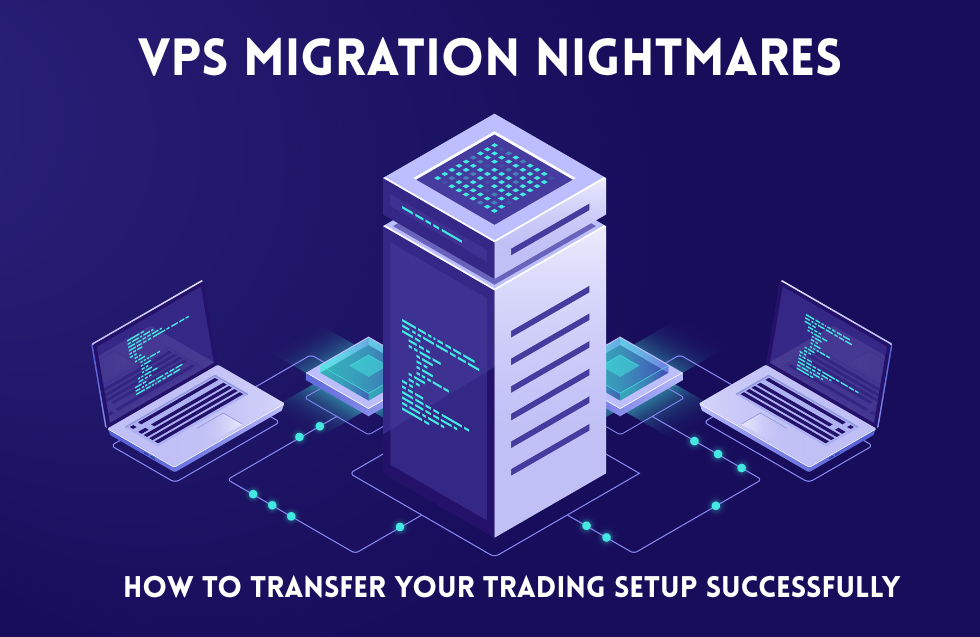Owning a franchise is often perceived as a safer route to entrepreneurship. It provides a ready-made business model, brand recognition, and ongoing support. However, beyond the upfront franchise fee lies a web of hidden costs that can catch even the most diligent entrepreneur off guard. These expenses, if not identified and accounted for, can severely impact your profitability and long-term success.
In this comprehensive guide, we delve deep into the hidden costs of owning a franchise, providing insights, real-world examples, and tips on what to look out for before committing to any franchise investment.
1. Initial Franchise Fees vs. Total Start-Up Costs
The initial franchise fee is typically advertised as the primary cost of buying into a franchise. While this fee grants you access to the brand and business model, it’s merely the tip of the iceberg.
What the Franchise Fee Covers:
- Licensing rights
- Initial training programs
- Operations manuals
- Support during the launch phase
What It Doesn’t Cover:
- Lease deposits and real estate
- Renovations and construction
- Furniture, fixtures, and equipment (FF&E)
- Initial inventory
- Business licenses and permits
- Insurance and legal fees
- Grand opening marketing
For example, a franchise might advertise a $25,000 franchise fee, but the total cost to open the location could be $200,000 or more when you account for all other expenses.
Tip: Always ask for the Item 7 section of the Franchise Disclosure Document (FDD), which lists the estimated initial investment in detail.
2. Royalty and Marketing Fees
Most franchises require ongoing payments in the form of royalty and marketing fees.
Royalty Fees:
Typically a percentage of gross revenue, royalty fees range from 4% to 10%. These fees are due even if your business is not profitable.
Marketing/Advertising Fees:
You may also be required to contribute 1% to 4% of your gross revenue to a national or regional marketing fund. While this supports the brand overall, the return on investment for your individual franchise may vary.
Example: If your franchise generates $50,000/month in gross sales, and you pay 6% in royalties and 2% in marketing fees, that’s $4,000/month—or $48,000/year—just in fees.
3. Technology and Software Costs
Many franchisors require you to use specific technology systems to standardize operations across the brand. These systems might include:
- Point of Sale (POS) systems
- Customer Relationship Management (CRM) software
- Inventory management tools
- Time-tracking and scheduling software
Hidden Costs:
- Initial setup and hardware costs
- Monthly licensing or subscription fees
- Mandatory upgrades and maintenance
- Training staff on new systems
Insight: Some franchises mark up their software costs or receive kickbacks from vendors, adding an indirect cost to the franchisee.
4. Training and Travel Costs
Initial training might be included in your franchise fee, but travel expenses to the training site—plus lodging, meals, and transportation—are often not.
Ongoing Training:
- New product or service rollouts
- Leadership and management seminars
- Annual franchisee conferences
These events are typically mandatory and can cost thousands of dollars when you factor in flights, hotels, and time away from your business.
Pro Tip: Review the FDD for details about mandatory training requirements and associated costs.
5. Inventory and Supply Chain Restrictions
Franchisors often require you to purchase inventory and supplies exclusively from approved vendors. This ensures quality control and brand consistency but can lead to:
- Higher prices than market value
- Limited product flexibility
- Delivery delays and logistic challenges
Vendor Lock-in:
You may not be allowed to negotiate better deals with local suppliers—even when they offer the same quality at lower prices.
Real Case: A coffee shop franchise required franchisees to purchase coffee beans at a 40% markup from a central supplier, even when similar quality beans were available locally.
6. Local Marketing and Promotional Costs
While you may contribute to a national marketing fund, local advertising and promotional efforts are typically your responsibility.
Local Expenses Include:
- Print and digital ads
- Local sponsorships
- Community events and charity tie-ins
- Promotional discounts and coupons
- Social media advertising and management
These efforts are crucial to driving foot traffic and building a local customer base, especially in the early stages.
Pro Tip: Allocate at least 5%-10% of your monthly budget for local marketing.
7. Renovation and Rebranding Mandates
Franchise agreements often include clauses that require you to renovate your location every few years to keep up with brand standards.
Renovation Costs:
- New signage and branding materials
- Updated interiors and fixtures
- Equipment upgrades
These requirements can cost tens of thousands of dollars and usually must be completed within a specific timeframe.
Tip: Understand your obligations for capital improvements before you sign.
8. Renewal and Exit Fees
At the end of your franchise agreement term (usually 5 to 10 years), you may face:
- Renewal fees
- Mandatory re-training
- Re-signing under new terms
If you choose to sell or exit, there may be:
- Transfer fees
- Franchisor approval requirements
- Broker commissions
Example: Selling your franchise might incur a 5% transfer fee plus legal costs and documentation requirements.
9. Legal and Compliance Costs
Owning a franchise involves staying compliant with:
- Federal, state, and local laws
- Health and safety regulations
- Employment and labor laws
Legal Costs:
- Reviewing and negotiating the Franchise Agreement
- Business incorporation and structuring
- Lease negotiations
- Dispute resolution and mediation
Tip: Hire a franchise attorney to review your documents. It might cost $2,000–$5,000 upfront but can save you exponentially more in the long run.
10. Staffing and HR Challenges
While not exclusive to franchises, staffing can be more complex due to brand-specific training and procedures.
Hidden HR Costs:
- Employee uniforms and training
- Payroll processing
- Workers’ compensation insurance
- Turnover and re-hiring costs
Some franchises also require a specific number of staff per shift or certified management presence at all times.
11. Territory Restrictions and Limitations
Your franchise agreement may grant you a protected territory—but that doesn’t always guarantee exclusivity.
Watch Out For:
- E-commerce channels operated by the franchisor
- Nearby locations cannibalizing your sales
- Non-traditional venues like airports and kiosks that bypass territory restrictions
Insight: Ensure you understand exactly what “territory” means and what your rights are within it.
12. Hidden Operational Expenses
Running a franchise includes countless day-to-day operational expenses that may not be apparent at the outset:
- Utilities (electricity, water, internet)
- Cleaning and sanitation supplies
- Office supplies and paper products
- Pest control and maintenance
Over time, these “small” costs can amount to thousands of dollars per year.
13. Loss of Autonomy and Innovation
Franchisees operate under strict rules and guidelines. You may not:
- Introduce new menu items or products
- Launch your own marketing campaigns
- Change pricing without approval
This lack of flexibility can be frustrating—and costly—if local market conditions demand a different approach.
Pro Tip: If you value innovation and creativity, franchising may not be the best fit for you.
14. Reputation Risk
Your success is tied to the brand’s reputation. One scandal, product recall, or social controversy involving the franchisor—or even another franchise location—can impact your sales.
Examples:
- Foodborne illness outbreaks in a restaurant chain
- Labor lawsuits against the corporate office
- Negative press or viral videos
You have limited control over the brand’s broader image, yet you bear the brunt locally.
Final Thoughts: Do Your Homework Before You Commit
Buying a franchise is not a decision to take lightly. While many franchises offer excellent support, training, and branding, the hidden costs can quickly turn a profitable-looking venture into a financial burden.
Checklist Before You Buy:
- Read the Franchise Disclosure Document thoroughly
- Talk to existing franchisees
- Consult a franchise attorney and financial advisor
- Prepare a comprehensive business plan and budget for contingencies
- Understand all fees, restrictions, and your legal obligations
Conclusion
Franchising can be a rewarding path to business ownership, but it’s not without its pitfalls. By understanding and planning for the hidden costs outlined above, you can approach franchising with your eyes wide open and position yourself for long-term success.
Whether you’re exploring fast food, fitness, retail, or service franchises, remember that due diligence is your best investment.
Subscribe to Ourbusinessladder for more in-depth guides on franchising, entrepreneurship, and business success!












